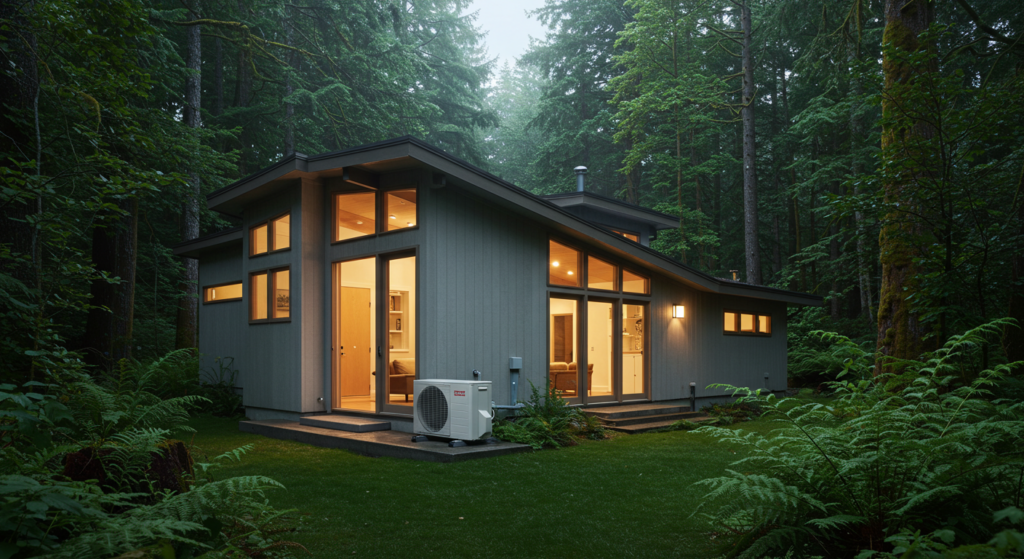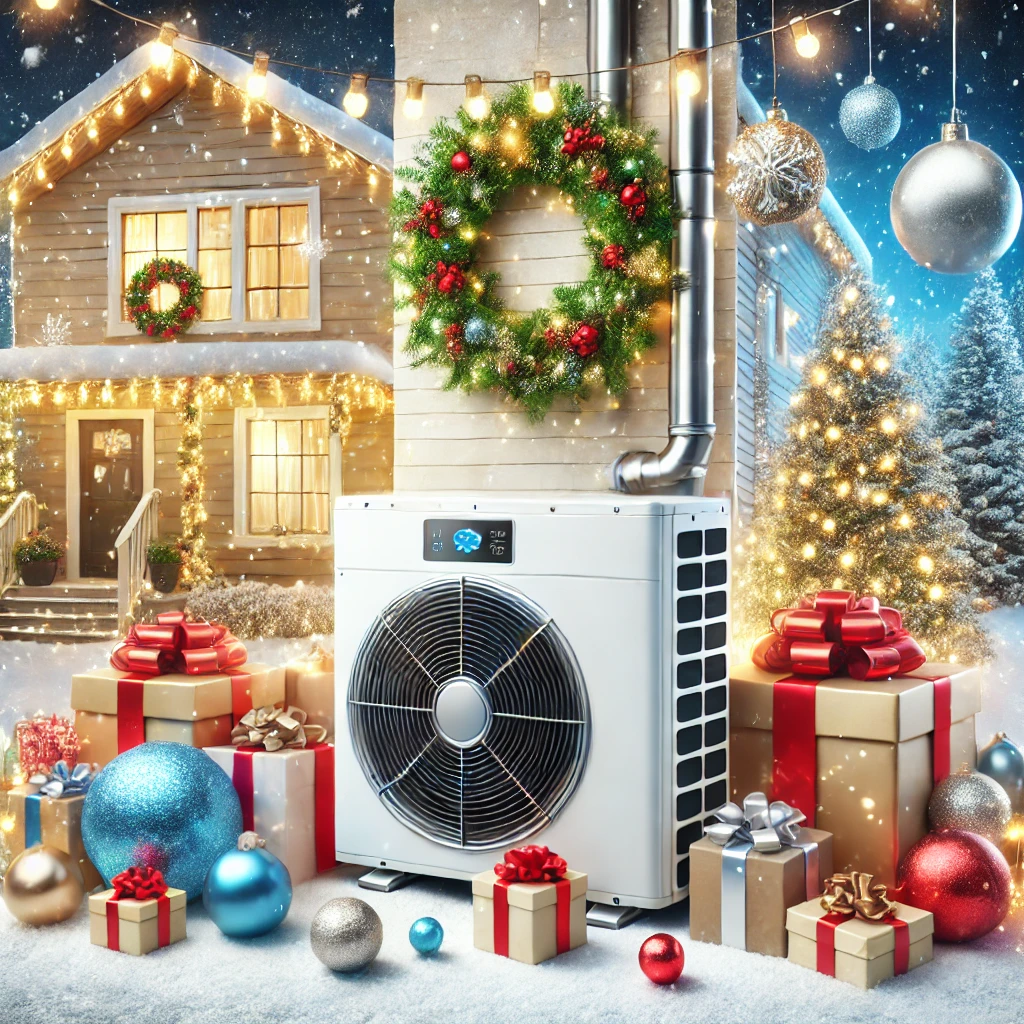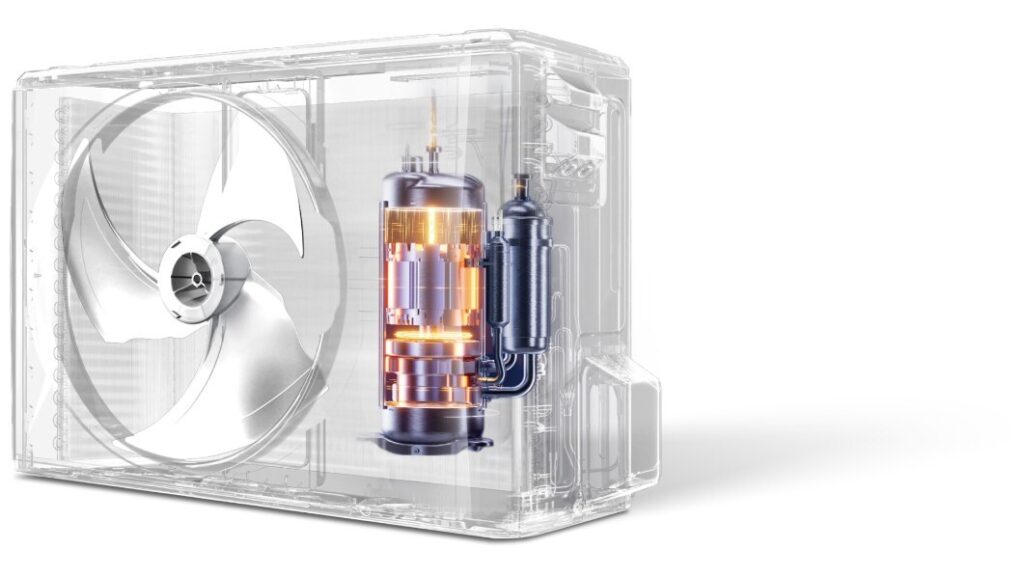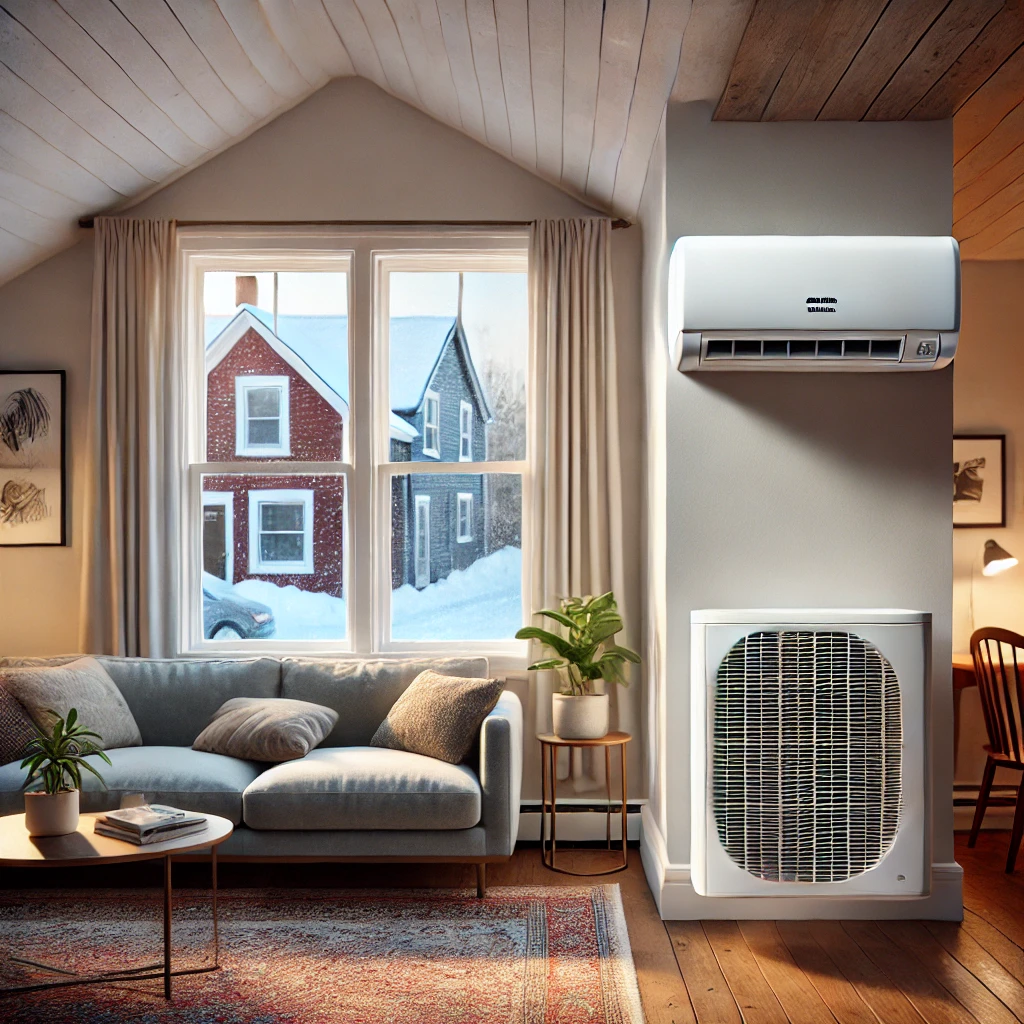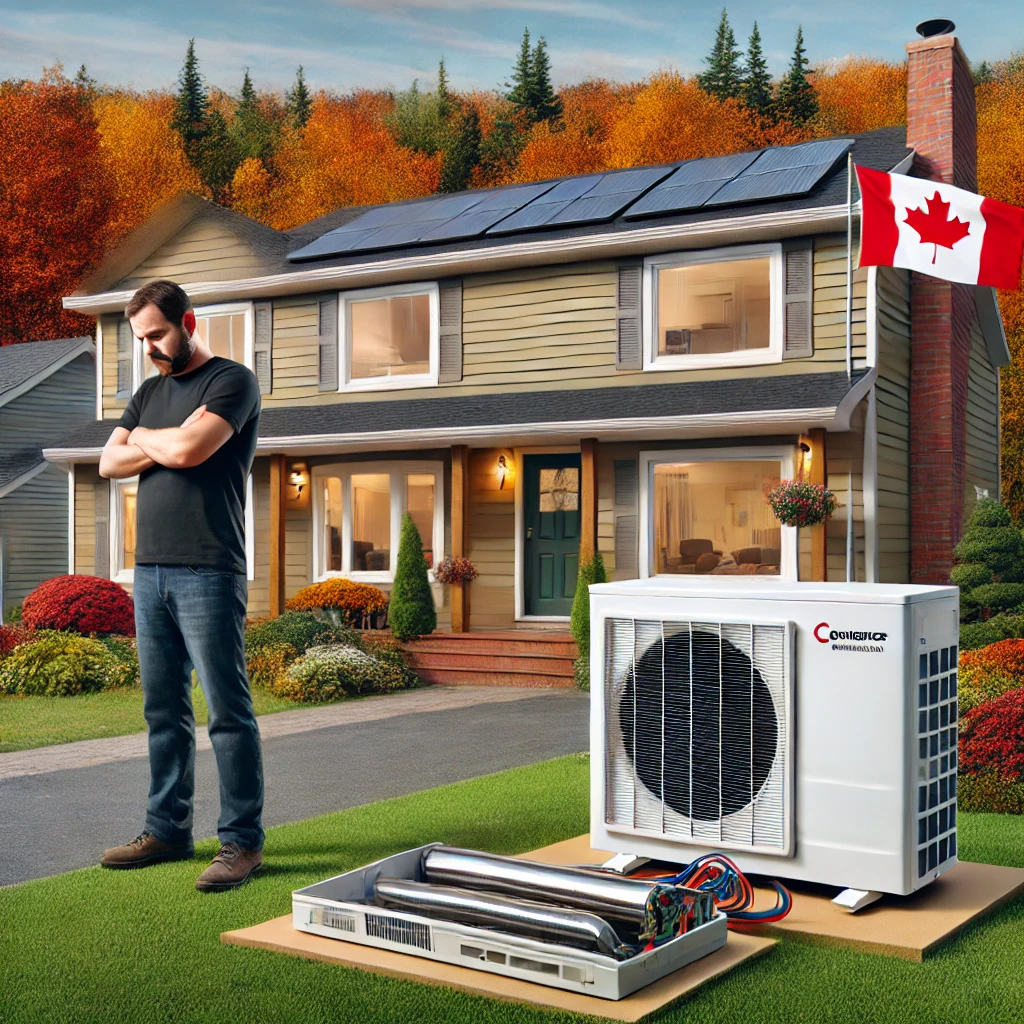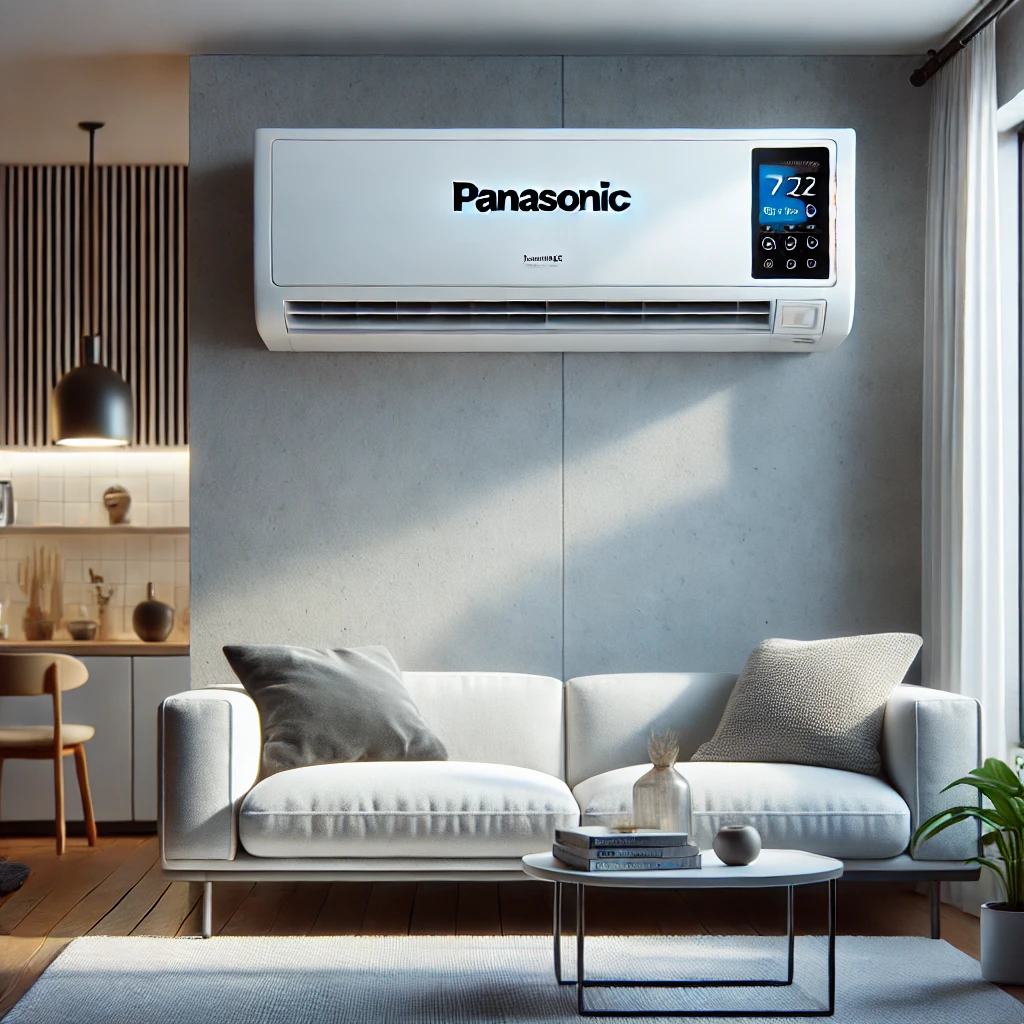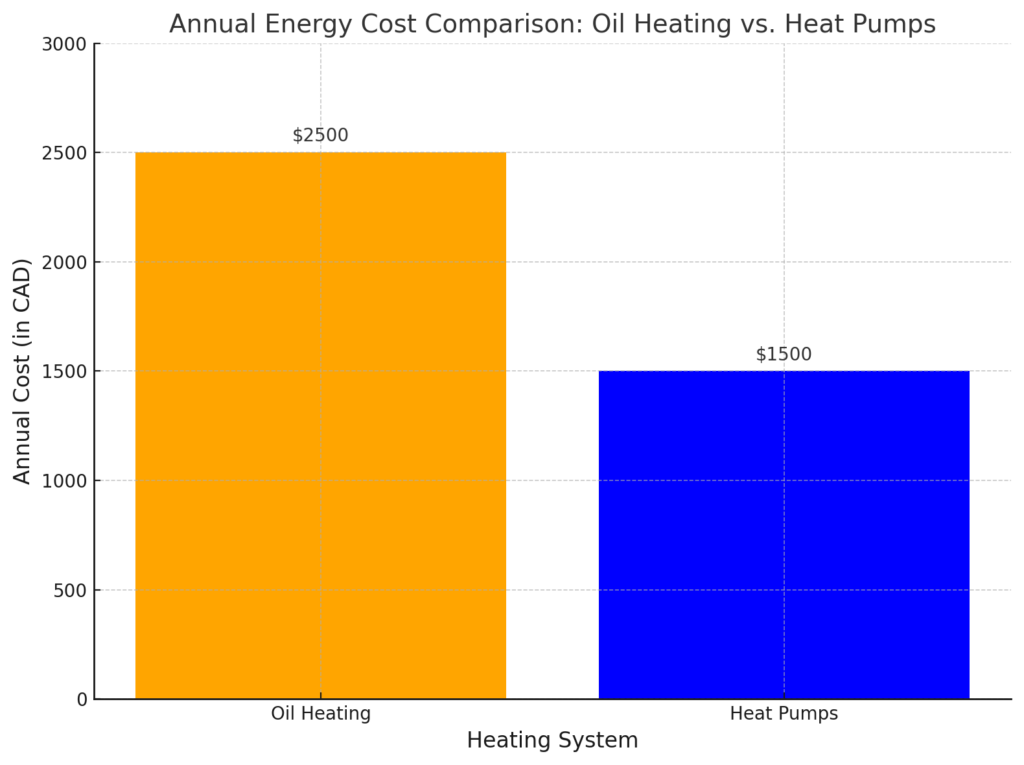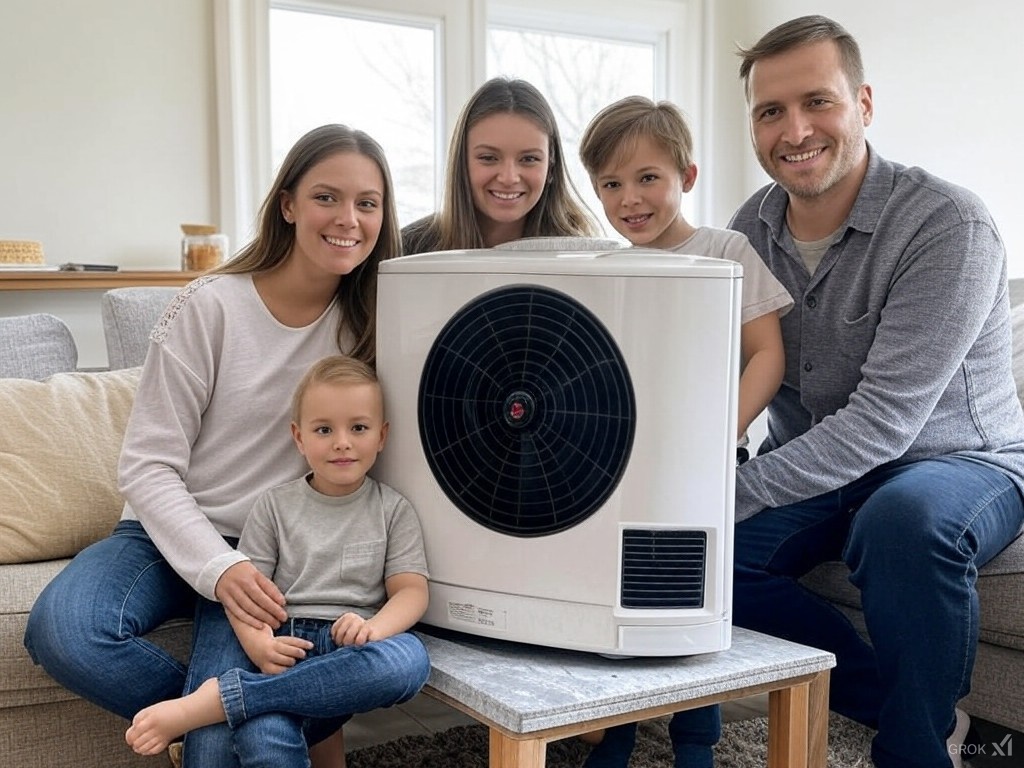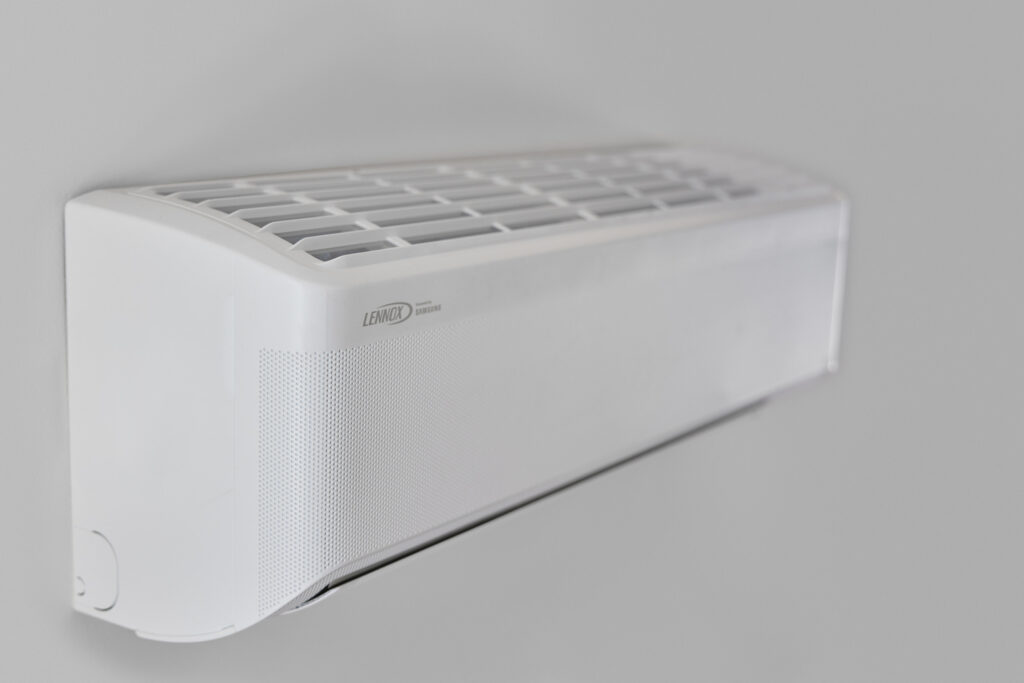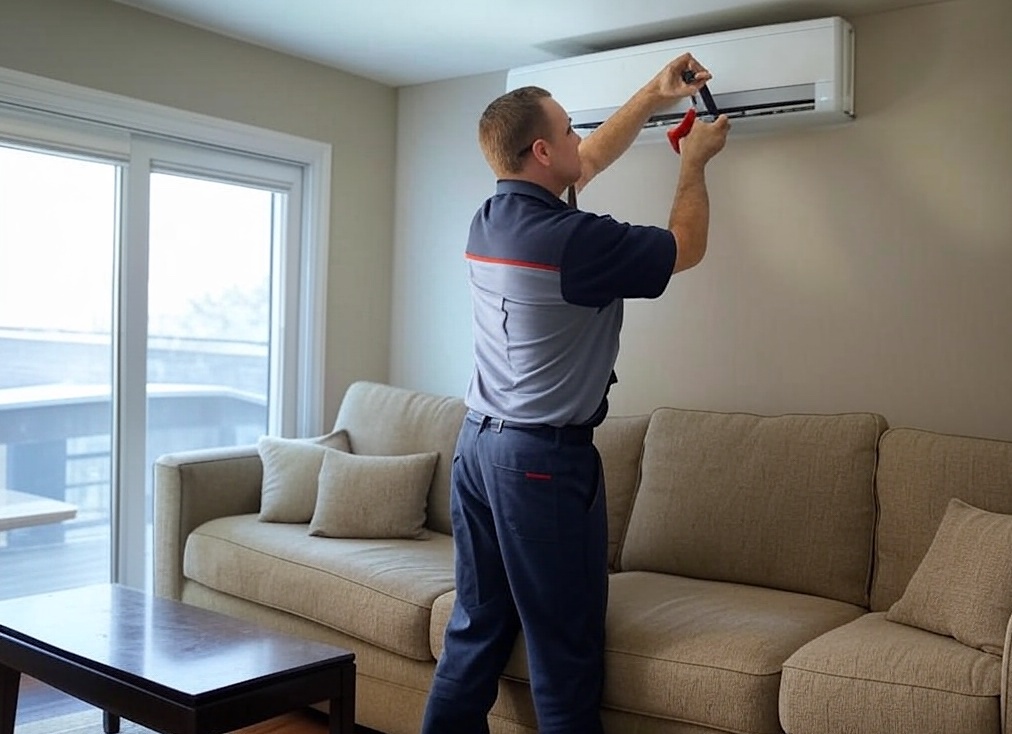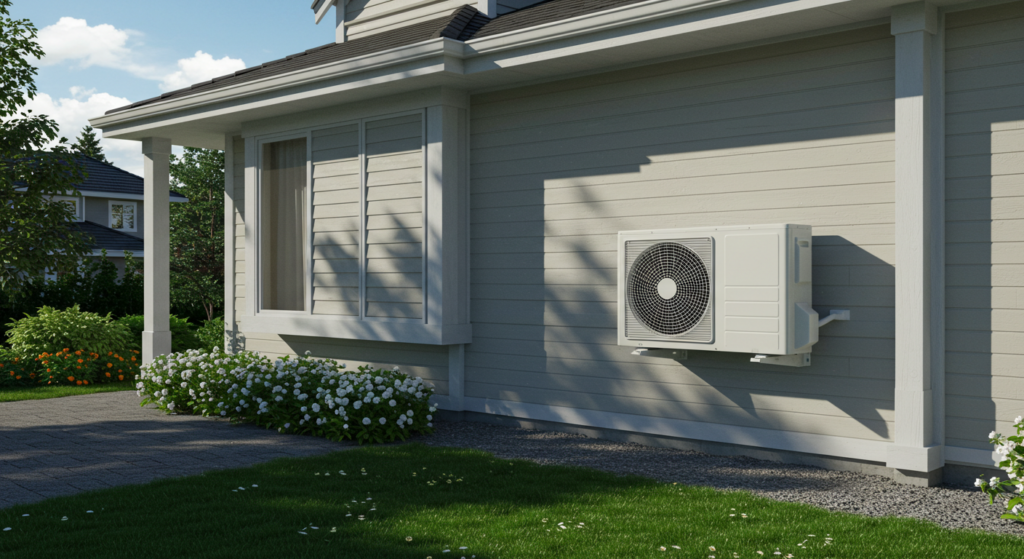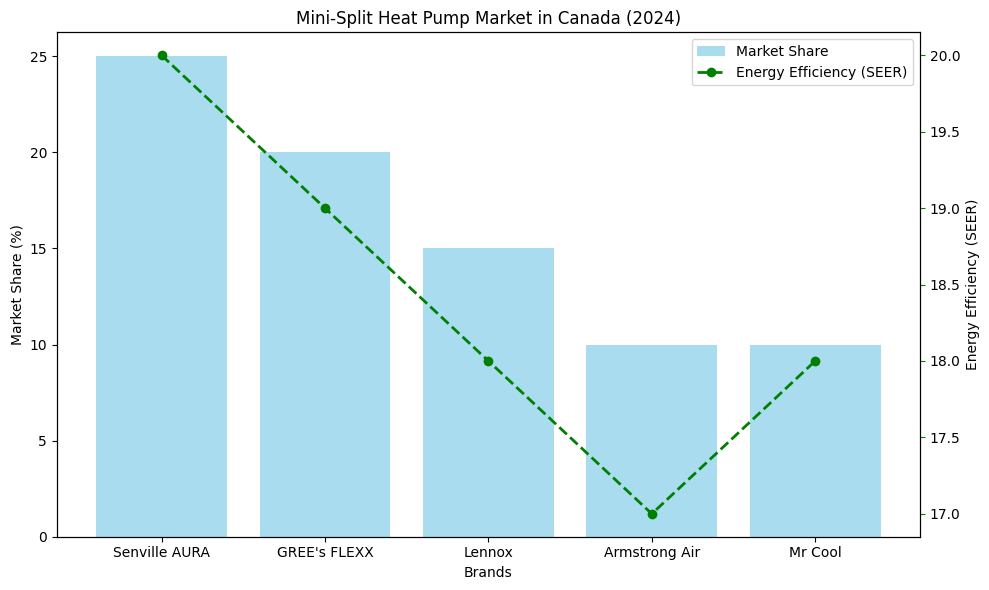Looking for the best mini-split systems for British Columbia that can handle all the seasons thrown at you? As an HVAC technician who’s spent years crawling through attics in Victoria’s drizzle and calibrating systems for -30°C winters in the BC Interior, I’ve learned one truth: British Columbia’s climate doesn’t play fair.
Coastal homeowners battle mold-inducing humidity for half the year, while those in the Interior face winters that turn subpar heat pumps into expensive iceboxes. Even “all-season” mini-splits can fail here if they’re not built for our extremes—I’ve seen too many systems gasp through a Prince George cold snap or short-cycle helplessly in Vancouver’s rainy summers. BC doesn’t need “good enough”; it demands gear that sweats the details.
This isn’t just about staying warm or cool—it’s about avoiding the $200/month power bills and midnight service calls I’ve witnessed from rushed DIY installs. The right mini-split acts like a Swiss Army knife: silent enough for Kitsilano’s skinny-lot homes, tough enough to claw heat from a Revelstoke winter, and smart enough to strip humidity from a Nanaimo basement before mold takes root.
Let’s cut through the specs and sales pitches. Below, I’ll break down the systems I’d install in my own home—and the costly mistakes I’ve fixed for clients who learned the hard way.
Mini-Split Must-Have Features for BC’s Climate

A. Cold-Climate Heating Performance
“If your mini-split can’t handle -30°C, it’s just an expensive fan in an Interior BC winter.”
- Prioritize cold-climate models (rated to -25°C or lower) with inverter technology to maintain steady heat without energy spikes.
- Systems like Mitsubishi Hyper Heat or Senville AURA use advanced vapor injection to extract heat from frigid air, avoiding the “defrost cycle shuffle” that drains efficiency.
- Avoid “standard” mini-splits: I’ve salvaged too many iced-up units in Kelowna after a -15°C snap.
B. Humidity Control & Dehumidification
“Mini-splits alone won’t save your basement from becoming a mold magnet during Victoria’s rainy season.”
- Dry mode (found in brands like Daikin and Fujitsu) pulls moisture without overcooling—crucial for spring/fall when temps hover around 15°C.
- Pair with a 50-pint dehumidifier in high-risk zones (e.g., crawl spaces, bathrooms) to maintain 40–50% humidity; mini-splits struggle in enclosed areas.
- Pro tip: Skip the “auto” setting—lock systems in dry mode during relentless West Coast drizzle.
C. Energy Efficiency
“BC’s punishing electricity rates turn inefficient HVAC systems into financial anchors.”
- Target SEER >20 and HSPF >10 ratings—Pioneer’s Diamante Ultra (SEER 22) slashes summer bills by 30% compared to older units.
- Energy Star-certified systems qualify for CleanBC rebates, covering up to $3,000 of install costs.
- Bonus: Inverter-driven units (like Daikin Aurora) adjust output by 1% increments, avoiding the efficiency-killing “on/off” cycling of cheaper models.
D. Quiet Operation
“A loud outdoor unit is a one-way ticket to neighbor wars in Vancouver’s skinny-lot suburbs.”
- Demand outdoor units under 50 dB (quieter than a fridge hum)—Daikin’s 19 Series runs at 49 dB, while Mitsubishi’s Hyper Heat hits 44 dB.
- Avoid side-discharge units near property lines; rear-discharge models (like Fujitsu Halcyon) deflect noise upward.
- Pro fix: Install units on anti-vibration pads and never bolt them directly to wooden decks—I’ve rehung dozens for noise complaints.
Top Mini-Split Systems for BC: Real-World Performance from an HVAC Pro
British Columbia’s climate doesn’t just test mini-splits—it breaks them. Over a decade installing systems from Vancouver’s rain-soaked neighbourhoods to the Interior’s frostbitten towns, I’ve learned that specs alone won’t cut it. The best units survive BC’s mood swings by balancing raw power with smart design: cold-climate grit to claw heat from -30°C air, humidity control to outlast coastal drizzle, and quiet operation to keep peace in dense suburbs.
Below, I’ve handpicked five systems that passed my real-world stress tests—no lab-certified fluff. These are the units I’ve seen slash energy bills in Whistler, silence neighbor complaints in Burnaby, and survive ice storms in Kamloops. If you’re skipping this list, you’re gambling with BC’s weather…and I’ve seen how that ends.
Mitsubishi Hyper Heat Series: The Cold-Climate Champion
“This is the system I install in BC’s frostbite zones—it laughs at -30°C.”
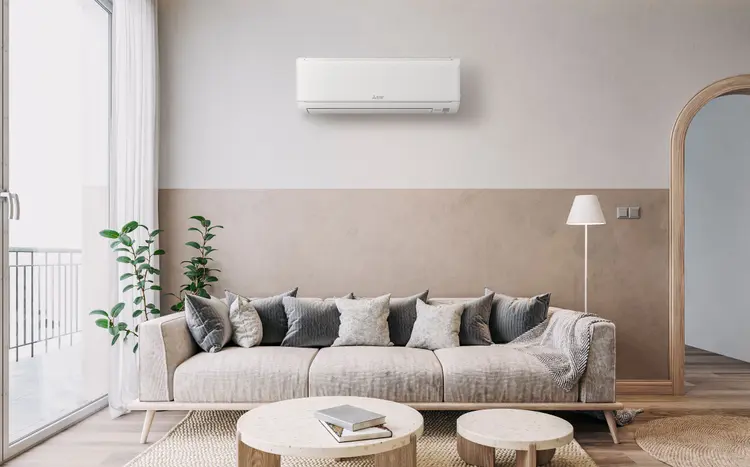
- Key specs: Operates down to -30°C, Hyper-Heating INVERTER (H2i®) tech, built-in drain pan heaters to prevent ice buildup.
- BC advantage: Dominates in Interior BC (e.g., Revelstoke, Prince George) with 100% heating capacity at -15°C and quiet outdoor units (44 dB).
- Pro tip: Pair with Mitsubishi’s 3D i-see Sensor™ for zoned comfort in multi-level homes.
Daikin Aurora Series: Coastal Efficiency Meets Whisper-Quiet Design
“The stealthy choice for Vancouver’s skinny lots and noise-sensitive neighbourhoods.”

- Key specs: -25°C heating performance, SEER 22, indoor units as quiet as 41 dB (quieter than a library).
- BC advantage: Intelligent Eye tech detects room occupancy, slashing energy use in rarely used spaces (ideal for vacation homes in Whistler or Victoria).
- Rebate bonus: Energy Star-certified, making it eligible for CleanBC’s $9,000 rebates.
Fujitsu Halcyon Series: Humidity Slayer for Rainy Regions 414
“The only system I trust to fight mold in Nanaimo’s soggy basements.”
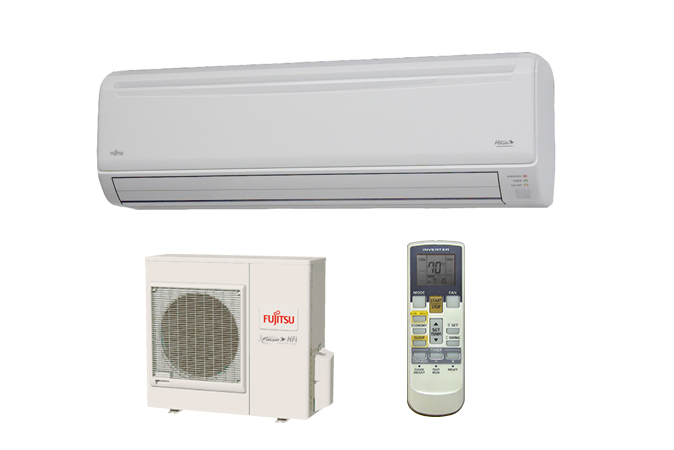
- Key specs: Advanced dry mode, 12-stage filtration for allergens, rear-discharge design to minimize neighbor noise.
- BC advantage: Built for West Coast humidity with precise dehumidification (ideal for coastal areas like Surrey or Delta).
- Install hack: Use anti-vibration pads—critical for condos with strict noise bylaws.
Senville AURA Series: Budget-Friendly Workhorse 14
“The best value for BC homeowners who want cold-climate grit without luxury pricing.”
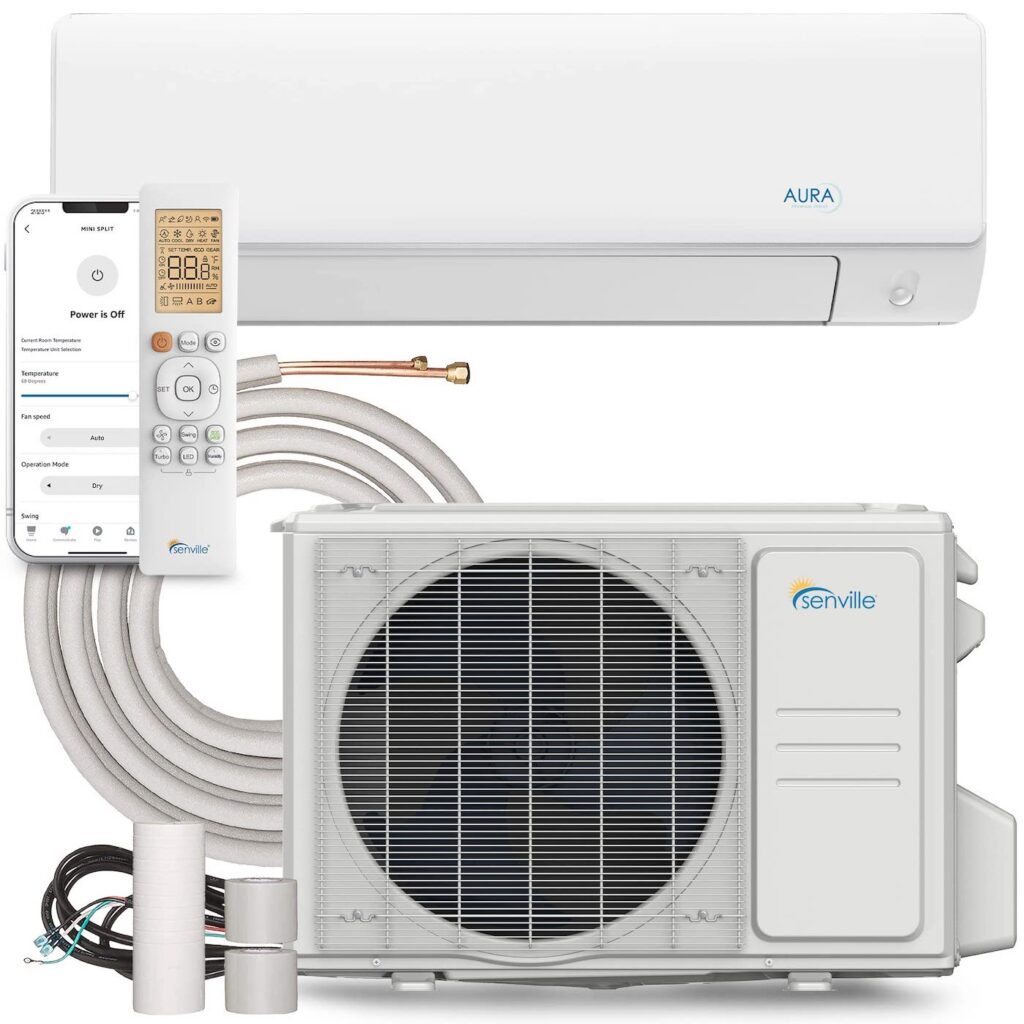
- Key specs: -30°C operation, Wi-Fi controls, SEER 19.
- BC advantage: DIY-friendly pre-charged lines (but hire a pro for refrigerant tuning—I’ve fixed too many leaky DIY jobs in Chilliwack).
- Cost saver: Eligible for federal Greener Homes grants, cutting upfront costs by $5,000+.
Gree Sapphire Series: High-Efficiency Multi-Zone Master 414
“For BC families needing 8 zones without energy guilt.”
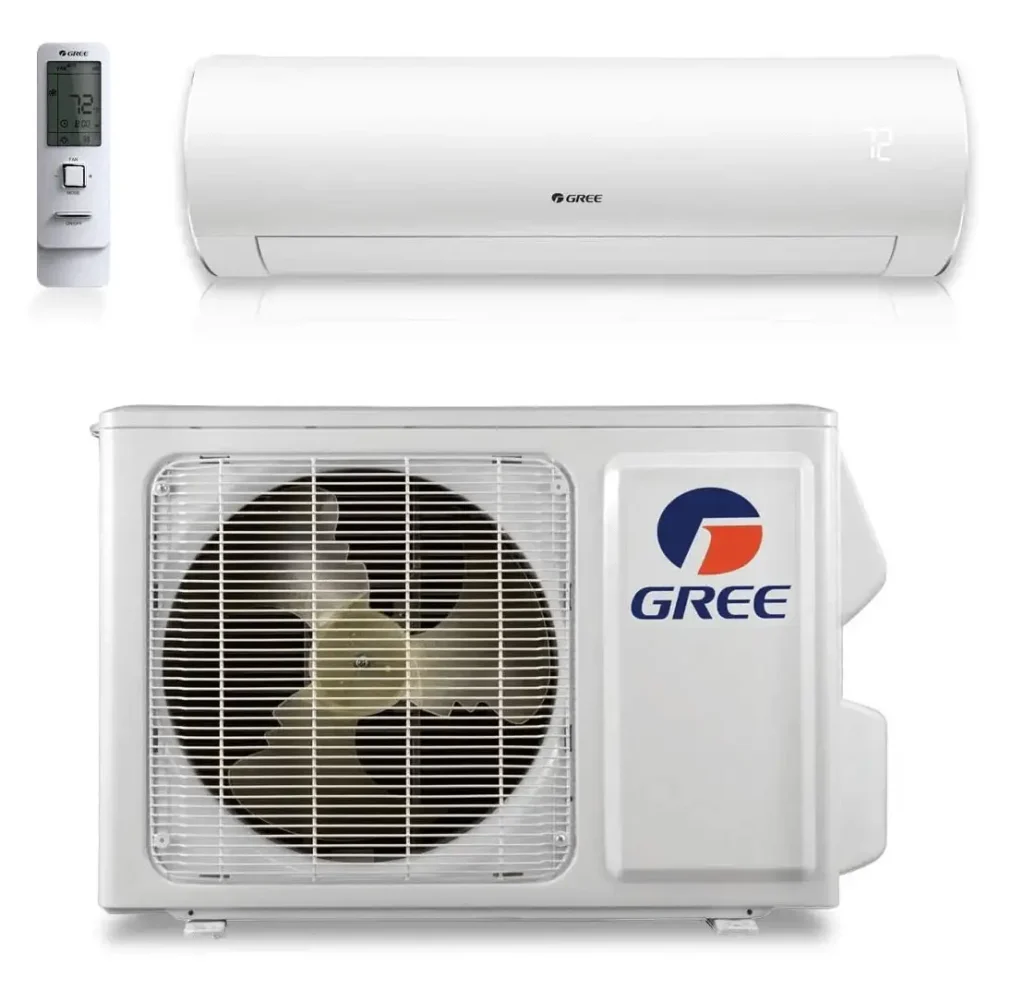
- Key specs: SEER 25, supports up to 8 indoor units, ultra-quiet 48 dB operation.
- BC advantage: Perfect for large homes in Kelowna or Langley with mixed heating needs (e.g., sunrooms + basements).
- Rebate alert: Qualifies for both provincial and federal incentives due to ENERGY STAR® certification.
Why These Made the Cut:
- Cold-proof: All handle -25°C or lower, critical for BC’s Interior and mountain towns.
- Humidity fighters: Dry modes and compatibility with dehumidifiers tackle coastal mold risks.
- Local support: Brands like Mitsubishi and Daikin have certified BC installers (e.g., Good Guys Heating, John Mulder Heating) for hassle-free service.
Pro Advice:
- Size wisely: Oversized units short-cycle in mild coastal winters; undersized ones fail in Interior cold snaps. Use a Manual J calculation (e.g., 20–30 BTU/sq.ft adjusted for insulation).
- Skip cheap brands: Lennox and LG offer style but lack cold-climate grit below -15°C.
Tackling Humidity: Mini-Splits vs. Dehumidifiers in BC’s Rainy Climate
British Columbia’s coastal regions, from Victoria’s misty winters to Vancouver’s relentless autumn rains, face a silent adversary: humidity. While mini-split systems are often praised for their heating and cooling prowess, their role in moisture control is equally critical—but often misunderstood. As an HVAC technician who’s battled mold in Nanaimo basements and condensation on Squamish windows, I’ve seen firsthand how improper humidity management can undermine even the most advanced systems.
How Mini-Splits Handle Humidity
Mini-splits combat moisture through two primary modes: cooling and dry mode. In cooling mode, the system naturally dehumidifies air as it removes heat, a process familiar to most homeowners. However, during BC’s shoulder seasons—when temperatures hover around 15°C and rain dominates—dry mode becomes the unsung hero. Unlike cooling mode, which prioritizes temperature reduction, dry mode focuses solely on extracting moisture without overcooling spaces, preserving comfort while preventing clamminess 9. Brands like Fujitsu Halcyon and Mitsubishi Hyper Heat excel here, offering precision dehumidification that adapts to fluctuating humidity levels 10.
The Limitations of Mini-Splits in High-Moisture Zones
While mini-splits shine in open living areas, they struggle in enclosed, poorly ventilated spaces like basements or crawl spaces—common trouble spots in BC’s older homes. During a retrofit in a heritage home in Kitsilano, I encountered a basement where the mini-split’s dry mode couldn’t keep pace with groundwater seepage. The result? Persistent mold growth until we paired the system with a 50-pint standalone dehumidifier. This two-pronged approach dropped humidity from 70% to 45%, aligning with Health Canada’s recommended range 9.
When to Bring in Reinforcements
Standalone dehumidifiers are non-negotiable in three scenarios:
- Basements and Below-Grade Spaces: These areas often lack airflow and face external moisture intrusion.
- Post-Rain Flooding: After heavy storms in regions like Delta or Surrey, rapid drying is essential to prevent structural damage.
- High-Occupancy Zones: Kitchens and bathrooms generate localized humidity that mini-splits may not address quickly.
A 2023 case study at H.W. Flesher Housing Co-op highlights this synergy. By combining Mitsubishi mini-splits with dehumidifiers in common laundry areas, residents reported a 30% reduction in mold-related complaints and improved air quality—a win for both comfort and health 9.
Pro Tips for Optimal Humidity Control
- Avoid “Auto” Mode: Lock systems in dry mode during prolonged rainy spells (common from October to March) to prioritize moisture removal 9.
- Maintain Filters: Clogged filters reduce dehumidification efficiency. Clean monthly, especially during peak humidity months 6.
- Monitor with Hygrometers: Place $10 digital hygrometers in problem areas to track levels and adjust settings proactively.
The Bottom Line
In BC’s damp climate, mini-splits are a powerful tool—but not a standalone solution. Pairing them with targeted dehumidification ensures homes stay dry during West Coast winters and fresh through soggy springs. As one client in White Rock quipped after a successful retrofit: “It’s like having a weather force field.”
Navigating BC’s Rebates and Incentives
A. Canada Greener Homes Affordability Program (CGHAP)
Launching in 2025, this no-cost retrofit program targets low-to-median-income households.
- Coverage: Fully funded insulation, heat pumps, and energy audits via provincial partners, with no upfront costs 1.
- BC Advantage: Direct install approach—program handles contractor logistics, avoiding DIY pitfalls 1.
- Eligibility: Homeowners and renters in BC’s high-energy-cost regions (e.g., Prince George, Vancouver Island) 6.
B. Oil to Heat Pump Affordability (OHPA) Grants
Up to $15,000 for oil-heated homes switching to heat pumps.
- Enhanced Grants: BC residents in co-delivery zones (e.g., Vancouver Island) receive 15Kfederal+5K provincial grants 46.
- Annual Savings: 1,500–4,700/year after switching 4.
- Bonus: $250 one-time payment upon pre-approval 4.
C. Canada Greener Homes Loan
Interest-free loans up to $40,000 for all income levels.
- Heat Pump Focus: 45% of loans fund heat pumps, with average approvals of $24,000 4.
- Process: Requires pre/post-retrofit EnerGuide evaluations 3.
2. Provincial & Local Incentives: Stack Your Rebates
A. CleanBC Better Homes
Up to $14,800 rebates for heat pumps, insulation, and windows.
- Stacking Allowed: Combine with federal grants (e.g., 5Kfederal+14.8K provincial = $19.8K total).
- Priority Zones: Coastal regions (e.g., Surrey, Delta) receive bonus rebates for humidity-control heat pumps.
B. BC Hydro & FortisBC Rebates
Tailored incentives for BC’s climate zones.
- Interior BC: FortisBC’s $3,000 dual-fuel rebate (heat pump + gas backup) for Kelowna/Revelstoke.
- Coastal BC: BC Hydro’s $1,500 bonus for ENERGY STAR® mini-splits in Vancouver/Victoria.
- Municipal Top-Ups: Cities like New Westminster add 1K–2K for heat pumps.
3. Key Considerations for BC Homeowners
- Stack Smartly: Total rebates cannot exceed 100% of project costs 5.
- Deadlines: Submit applications within 90 days of installation—delays cost a Nanaimo homeowner $4,500.
- Professional Installation Required: DIY jobs void eligibility (e.g., Chilliwack resident forfeited $7K).
Mini-splits are marathon runners, not sprinters. In Vancouver’s damp springs, I’ve peeled mold off neglected filters that choked airflow and spiked humidity. Clean filters monthly during peak seasons (June for cooling, October for heating) using a 50/50 vinegar-water mix. For homes in dust-heavy areas like Kamloops or Prince George, upgrade to washable electrostatic filters. And mark your calendar for a professional pre-winter check—I charge $150 for this service, but it’s cheaper than thawing a frozen compressor at -25°C.
